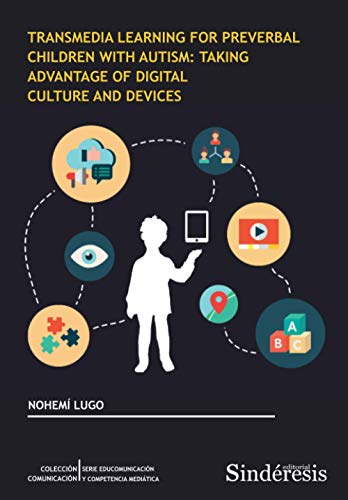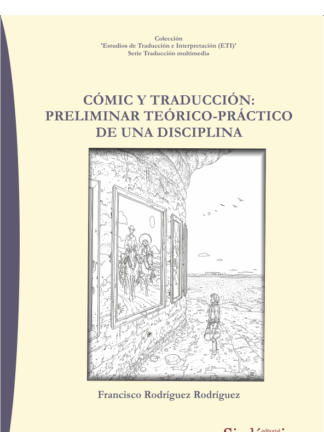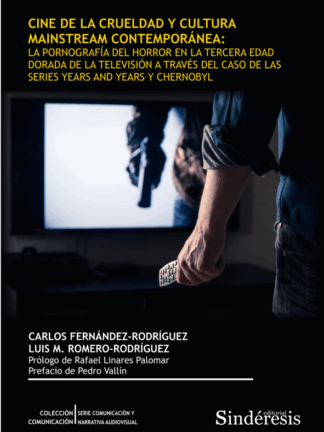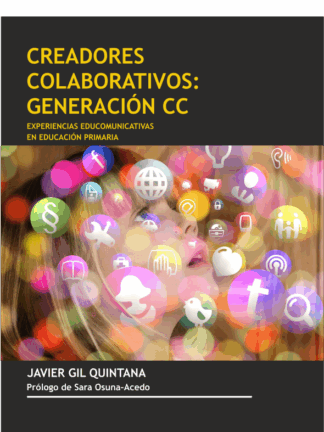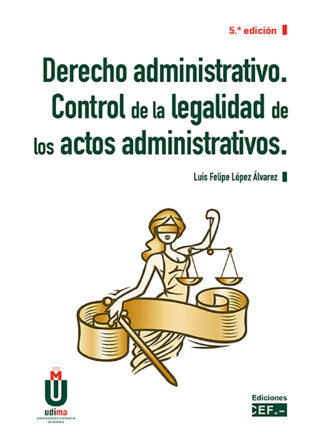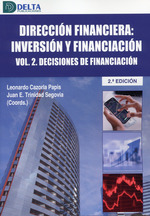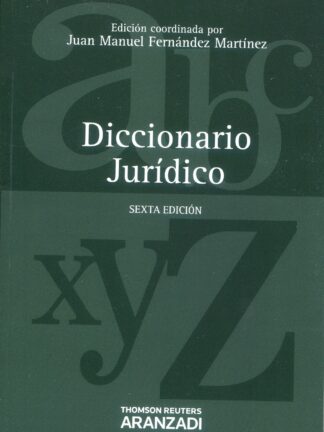Descripción
Transmedia learning for preverbal children with autism: Taking advantage of digital culture and devices
This book proposes new approaches to the learning of children with autism, especially preverbal children.
So-called “Nonverbal” autistic children have the least possibilities to participate in any sphere in society. The term «Nonverbal» is frequently used to imply not only that someone does not speak, but is unable to express and communicate at all. However, some children can and will speak later in life, while others might be able to communicate through different means if stimulated.
This work thus deliberately calls them “preverbal”.
The work is based on the intersection of many theoretical fields. Among the cultural communication studies: representation studies, new literacies, fan studies and, transmedia studies; among the humanities: disability studies, neurodiversity, the ethics of care. And of course, the educational technology field.
The Transmedia Learning Design proposed in this work Contains the following proposals:
Ethical and humanistic perspectives aim to validate and represent people with autism fairly, avoiding stereotypes and stigmas. Any strategy designed for them ought to be founded on their needs, rights, interests, and potential, as opposed to the requirements of society aimed at minimizing friction.
Mobile devices provide unique learning possibilities. In particular, their multimodal reception and multimodal production capabilities, as well as their selective interactivity features.
These provide opportunities to interact, learn or show without relying on verbal language, oral or written. Communication and learning can be ubiquitous, a game-changer for children who cannot refer easily to the non-immediate.
Popular media interests can also be integrated in their learning process. People with autism have “narrowed interests” (in medical terms), which are said to hinder their social interaction and learning.
However, from a cultural point of view, children within the spectrum can be understood as fans. Recognizing their transmedia literacies might allow their existing motivation to fuel a connected learning framework.
We can design their curriculum as a transmedia, ubiquitous, experiential and micro-learning based experience.
Nohemi Lugo Rodríguez
Depto. de medios y cultura digital. Tecnológico de Monterrey, Campus Querétaro.
Dirección de correo verificada de tec.mx – Página principal
| Título |
Citado por
|
Año |
|---|---|---|
| Experiencias de gamificación en aulas
JL Eguia, RS Contreras Espinosa, R Contreras Espinosa, …
Universitat Autònoma de Barcelona. Institut de la Comunicació
|
231 | 2017 |
| (2019): “Educación Transmedia. De los contenidos generados por los usuarios a los contenidos generados por los estudiantes
C Scolari, N Lugo Rodriguez, MJ Masanet
Revista Latina de Comunicación Social, 116 a 132.
|
193* | 2019 |
| Diseño de narrativas transmedia para la transalfabetización
N Lugo Rodríguez
Universitat Pompeu Fabra
|
68 | 2016 |
| What are teens doing with media? An ethnographic approach for identifying transmedia skills and informal learning strategies
CA Scolari, E Ardèvol, Ò Pérez-Latorre, MJ Masanet, NL Rodríguez
Digital education review, 269-287
|
57 | 2020 |
| Vernacular visibility and algorithmic resistance in the public expression of Latin American feminism
GE Sued, MC Castillo-González, C Pedraza, D Flores-Márquez, S Álamo, …
Media International Australia 183 (1), 60-76
|

